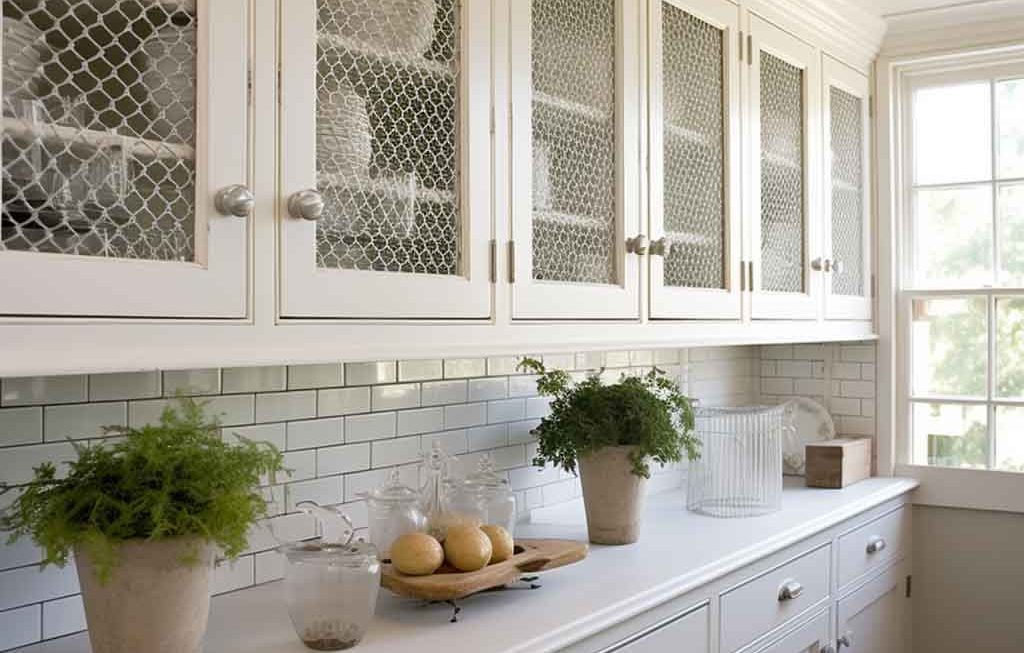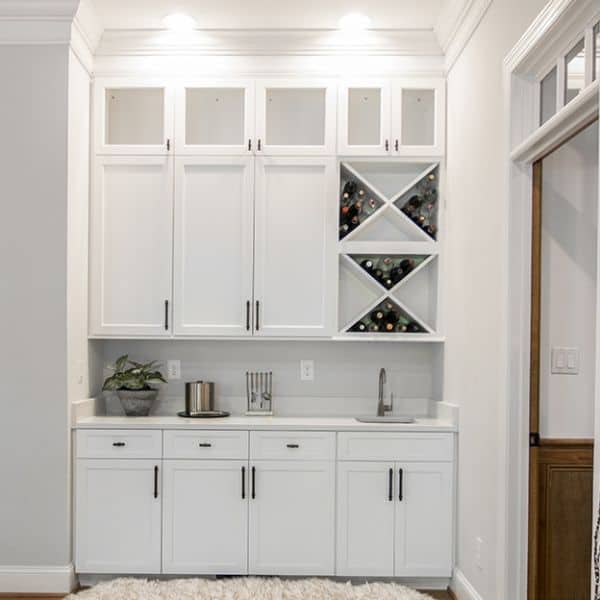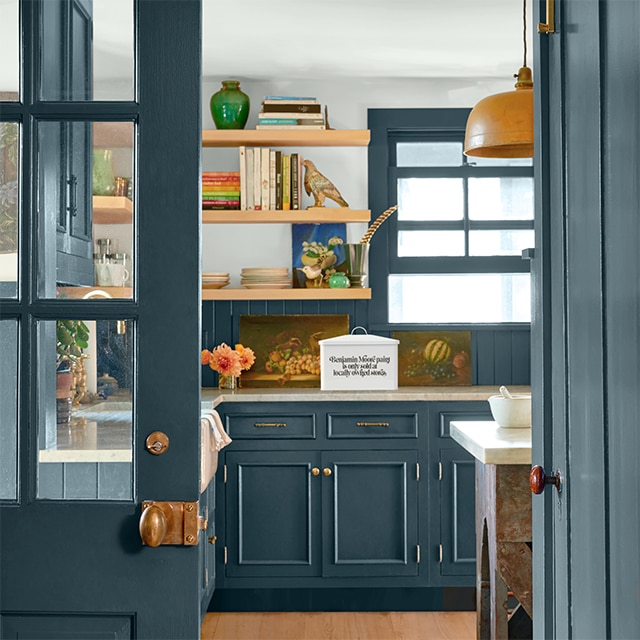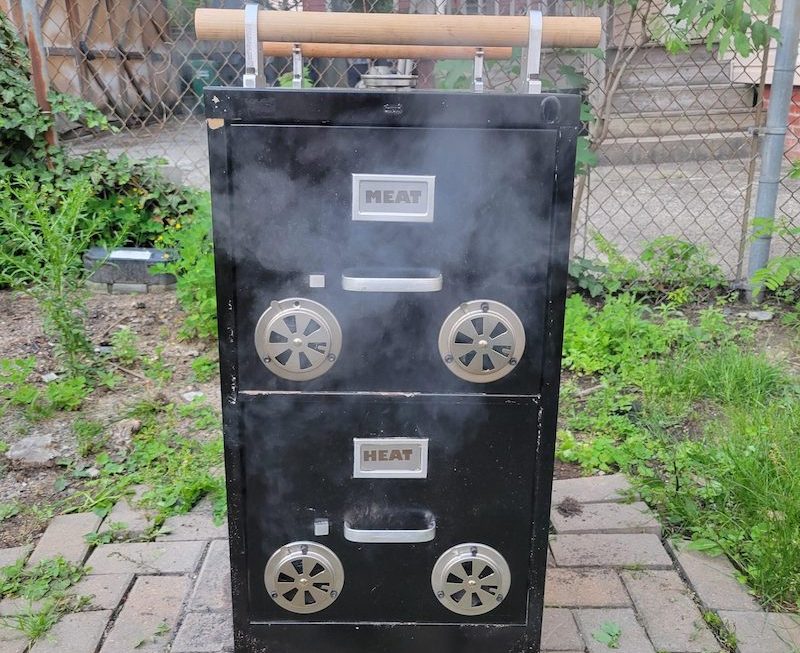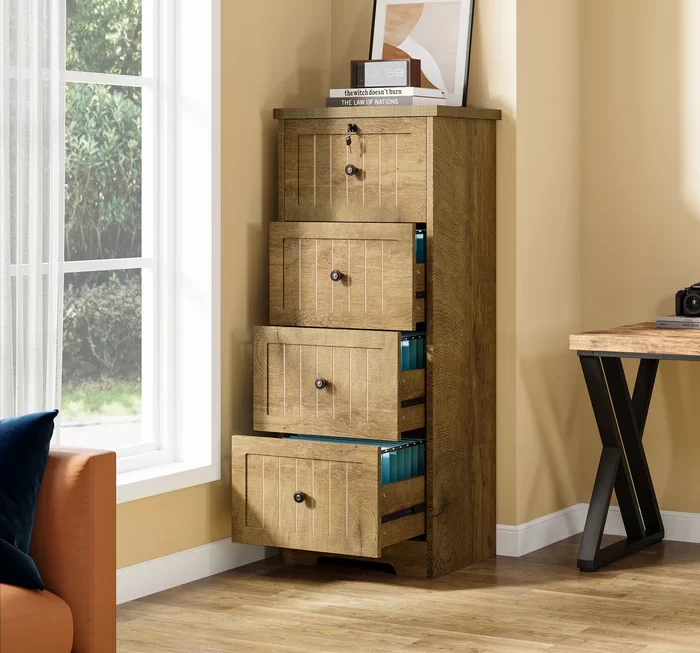Materials Needed for Crafting Cabinet Doors
Before you learn how to make kitchen cabinet doors, it’s important to gather all the materials you’ll need. A successful DIY project starts with proper preparation. Here’s a list of materials that are essential for crafting your own cabinet doors:
- Plywood or MDF Sheets: These will form the main structure of your cabinet doors. Choose a thickness that will provide stability while still being easy to handle.
- Solid Wood Pieces: If you want a frame-and-panel door, you’ll need solid wood for the frame. This adds a touch of elegance to your cabinets.
- Glue: Wood glue is essential for joining pieces together securely. Make sure it’s suitable for woodworking and has a strong hold.
- Screws: These are needed for attaching the door to the cabinet. Choose screws that are the right length for your materials to avoid piercing through.
- Wood Veneer (optional): If you want a high-end finish, consider adding a wood veneer to the face of your cabinet doors.
- Filler or Wood Putty: To cover up any imperfections or gaps, a good quality wood filler or putty is necessary.
In addition to these materials, you may also want to consider paint or stain if you plan on giving your cabinet doors a custom finish. Make sure you have all materials at hand before starting the project to ensure a smooth process when you begin crafting your new kitchen cabinet doors.
Essential Tools for DIY Cabinet Door Projects
To begin your journey on how to make kitchen cabinet doors, you’ll need a collection of tools. Here is a concise list of essential tools that will help you tackle the project effectively:
- Measuring Tape: Accurate measurements are crucial for well-fitting cabinet doors.
- Circular Saw or Table Saw: To cut plywood or MDF sheets to size.
- Drill: For making holes for screws and hardware.
- Screwdriver: To assemble your cabinet doors with screws.
- Clamps: To hold your materials in place while you work.
- Router: For creating edges and details on the door panels.
- Sander: To smooth the wood surfaces before finishing.
- Chisel: For fine tuning and adjustments.
These tools are key in ensuring your DIY project’s success. Ensure you have a comfortable and safe workspace to operate these tools. When using power tools, always follow safety instructions and wear necessary protective gear. With the right tools in hand, you’re set to start measuring and planning your kitchen cabinet door sizes.”
Measuring and Planning Your Kitchen Cabinet Door Sizes
Before cutting your materials, you must measure and plan each cabinet door’s size. This step ensures that your doors will fit perfectly within the cabinet frames. Here is a guide to help you with measuring and planning:
- Measure the Cabinet Opening: Begin by measuring the height and width of your cabinet’s opening. Always measure twice for accuracy.
- Account for Overlays and Gaps: Decide on the overlay size you prefer; this is how much the door will cover the cabinet frame. Include a gap between doors of 1/8 inch to ensure they can open without interference.
- Determine the Door Size: Based on the opening size, overlay, and gap measurement, calculate the final size of each door. For example, if the opening is 18 inches wide and you want a 1/2 inch overlay, your door width should be 19 inches.
- Sketch Out the Plan: Draw a diagram of each door with the measurements. This will be your guide when cutting materials.
- Decide on the Door Style: Before finalizing the sizes, decide if you’ll be making a flat or raised panel door. This affects the measurements of the components.
- Mark Your Materials: Use a pencil and straight edge to mark your plywood or MDF sheets with the correct measurements before making any cuts.
Proper planning and precise measuring are crucial in learning how to make kitchen cabinet doors that look professional and operate smoothly. Take your time during this phase to avoid mistakes and wastage of materials.
Choosing the Right Type of Wood for Cabinet Doors
Choosing the right wood is key when learning how to make kitchen cabinet doors. Different woods can impact the look, durability, and cost of your doors. Here are the most popular options:
- Hardwood: Species like oak, maple, and cherry are durable and have a rich look. They’re ideal for a high-quality finish. Hardwoods can be more expensive.
- Softwood: Pine is an example of softwood that is less costly. It is lighter and can be easier to work with. Softwoods might not be as durable as hardwoods.
- Plywood: A budget-friendly option that is stable and easy to cut. It can warp less than solid wood. You can attach a veneer to ply for a high-end look.
- MDF (Medium Density Fiberboard): Great for painted cabinet doors. MDF is smooth and has no grain. It’s also less prone to expanding and contracting than solid wood.
Consider your project budget and the desired finish for your kitchen. If you prefer a natural wood look, hardwoods may be your best choice. For painted doors, MDF or softwood could be more practical. Each wood type has its pros and cons, so weigh them as you plan your project.
Step-by-Step Instructions for Making Cabinet Doors
Now that you have your materials, tools, and measurements, let’s dive into the step-by-step process of how to make kitchen cabinet doors. With precise steps and attention to detail, you can create beautiful and durable doors that enhance your kitchen’s appeal.
- Cut Your Materials to Size: Using your circular saw or table saw, cut the plywood or MDF sheets based on your earlier measurements. If you’re using a frame-and-panel design, cut the solid wood pieces to form the frame.
- Assemble the Frame: If making a frame-and-panel door, glue and clamp the solid wood pieces together to shape the frame. Ensure the corners are right-angled.
- Insert the Panel: For frame-and-panel doors, slide the cut panel into the frame. For flat doors, the main flat piece serves as the door itself.
- Clamp and Let Dry: After gluing, clamp the frame and panel together tightly. Allow enough time for the glue to dry and set.
- Sand the Door: Once dry, use your sander to smooth the door surfaces. Eliminate any imperfections or rough edges.
- Apply Finish: Add paint, stain, or veneer to your door as desired. Let it dry completely before proceeding.
- Install Hardware: Mark where the hinges will go and drill holes for them. Attach the hinges to the door.
- Hang the Door: Align the door to the cabinet and screw it in place. Adjust as needed for a perfect fit.
By closely following these steps, you’ll learn how to make kitchen cabinet doors with a polished look and feel. Remember, patience is key—don’t rush the process, and pay attention to detail at every stage.
Tips for Sanding and Finishing Cabinet Doors
Once you’ve assembled your cabinet doors, the next steps are sanding and finishing. These steps are crucial for professional, smooth-looking doors. Here are tips to help you sand and finish your doors like a pro.
- Start with Coarse Sandpaper: Begin with a lower grit sandpaper to remove any rough spots. Gradually move to finer grits for a smooth surface.
- Sand along the Grain: Always sand in the direction of the wood grain. This avoids scratches that may stand out after finishing.
- Use a Sanding Block: For even pressure, wrap your sandpaper around a sanding block. This gives a flat finish and prevents gouges.
- Dust off after Sanding: Remove all dust with a tack cloth after sanding. Dust can prevent a clean finish coat.
- Apply Primer or Sealer: If painting, use a primer first. If staining, apply a pre-stain sealer to ensure even color absorption.
- Choose the Right Finish: Select paint, stain, or clear coat that suits your kitchen’s style and your preference.
- Use Thin Coats: Apply finish in thin layers, allowing each layer to dry fully. Thin coats are smoother and less prone to drips.
- Light Sand Between Coats: Lightly sand with very fine grit sandpaper between coats. This helps the next coat adhere well.
- Check for Imperfections: Look for drips, sags, or missed spots. Fix them before the finish dries completely.
- Let Finish Cure: Be patient and let the finish cure fully before hanging the doors. This can take several days.
By applying these sanding and finishing tips, you ensure your kitchen cabinet doors come out with a quality finish that lasts. Proper sanding and finishing are just as important as how to make kitchen cabinet doors. With care and attention to detail, you’ll create doors that you’re proud to display in your home.
Installing Hardware and Hanging Your New Cabinet Doors
After carefully crafting your kitchen cabinet doors, it’s time to install the hardware and put them in place. This final stage requires precision to ensure your doors hang correctly and function well. Let’s walk through the process step by step.
- Position Hinges: Start by determining where your hinges will go. For standard doors, two hinges are often enough. For taller doors, you may need three. Position them a few inches from the top and bottom edges.
- Drill Pilot Holes: Mark the hinge locations on the doors. Use a drill to create pilot holes. This makes it easier to screw in the hinges without splitting the wood.
- Attach Hinges: Align the hinges with the pilot holes. Using your screwdriver, secure the hinges to the door.
- Mark Cabinet Frame: Hold the door up to the cabinet frame. This helps you figure out where to place the hinges on the frame. Make sure the door is level.
- Drill Frame Holes: Mark the position of the hinges on the frame. Drill pilot holes in the cabinet frame.
- Attach Door to Frame: Lift the door and line up the hinges with the frame holes. Screw the door into place. Don’t tighten the screws completely at first.
- Adjust and Tighten: Close the door to check for gaps and alignment. Adjust as needed for even spacing around the door. Once satisfied, tighten the screws fully.
- Install Door Handles or Knobs: Decide on the placement of your handles or knobs. Measure and mark the spot. Drill holes and attach your chosen hardware.
- Test the Door: Open and close the door several times. Check that it swings freely and that the hardware is secure. Make any final adjustments.
Maintenance and Care for Homemade Cabinet Doors
Creating cabinet doors is just the start. Proper maintenance ensures they last. Here’s a simple guide for care:
- Clean Regularly: Wipe your doors often with a soft cloth. Avoid harsh chemicals that can damage the wood.
- Check Hinges: Over time, hinges may loosen. Tighten screws if needed. This keeps doors aligned and closing properly.
- Treat Wood: Apply wood conditioner or oil once a year. This keeps wood from drying out and cracking.
- Avoid Moisture: Too much water can warp wood. Quickly dry any spills on your cabinet doors.
- Touch-Up Paint or Stain: If the finish gets scratched, touch it up right away. This protects the wood beneath from damage.
- Update Hardware: If handles or knobs get loose or outdated, replace them. This keeps doors functional and looking fresh.
With these care tips, your homemade cabinet doors will look great for years. Treat them well and they will add beauty to your kitchen for a long time.
